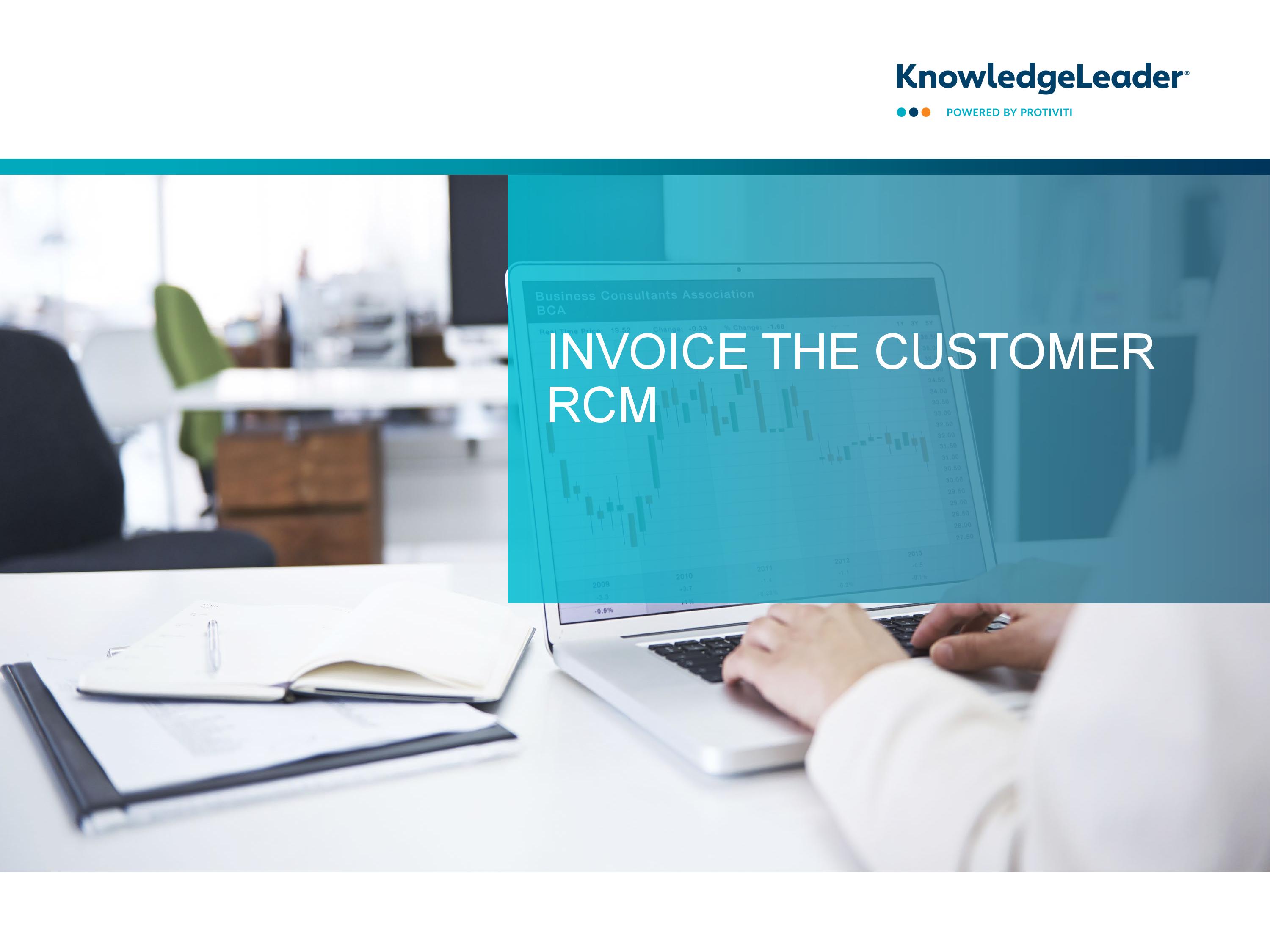Invoice the Customer RCM

A successful risk management strategy requires a strong internal control environment. The RCM format emphasizes that strong and risk-oriented internal control environments are often optimized with automated/manual controls, depending on the situation.
An RCM provides an overview of different control objectives that organizations should take into consideration and the corresponding controls to safeguard the company against risks which may arise if not checked timely. Once customized to an organization, this document can help the user in assessing each control. The control assessment can then also be summarized to develop an action plan.
This document outlines risks and controls common to the Invoice the Customer process in a risk control matrix (RCM) format.
Sample risks include:
- All billable charges are not appropriately captured; multiple sources of information may be required in order to create an invoice increasing the risk that all information is not readily available for billing.
- Appropriate transfer of title may not occur due to the use of incorrect shipping terms.
- Change orders are not captured, priced or billed to the customer.
- Concessions are granted to the customer without management knowledge or approval.
- Customer contracts are not clear, outdated or do not exist.
This document can be used as a sample RCM and is not meant to be an exhaustive list of risks and controls. The KnowledgeLeader team will periodically update this RCM with new content. Organizations should select, update and modify the risks and controls included in this document to ensure that it reflects business operations.